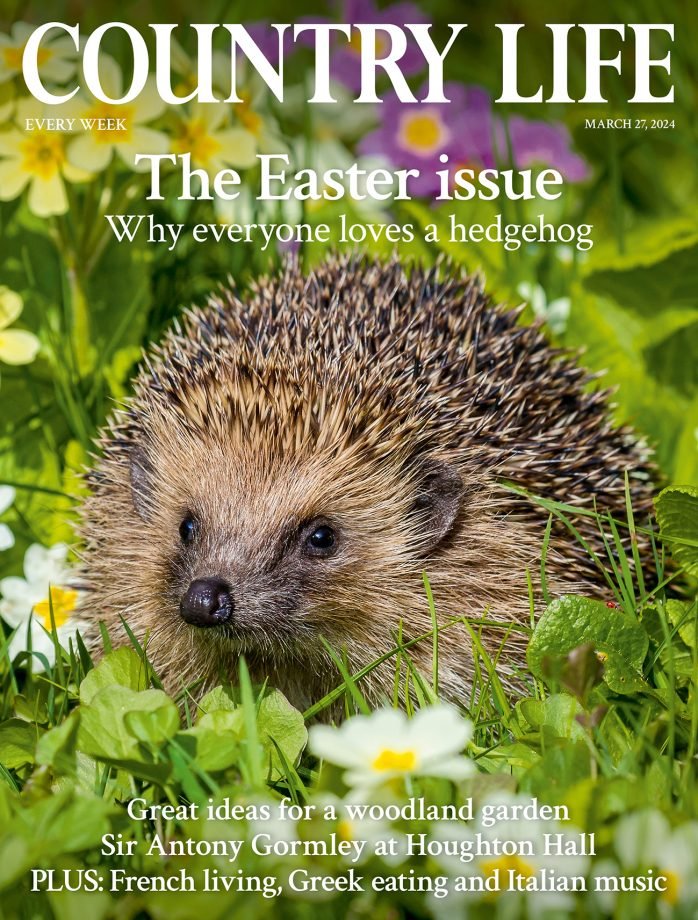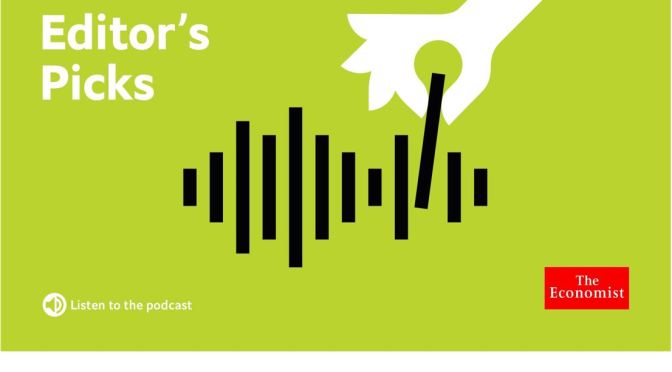

Country Life Magazine (April 30, 2024): The latest issue features…
Local distinctiveness
- Kate Green and Agnes Stamp take a geological tour of our islands to dig out what makes them special; granite country, chalk downland, The Fens, Wealden clay, Welsh slate, Yorkshire mill-stone grit, The Highlands and Cotswold limestone
- Matthew Rice sketches the myriad architectural styles
- Mark Diacono rubs the soil between his fingers
- Victoria Marston wraps her tongue around dialects
- Harry Pearson downs a pint or three of local ale
- And finally, the ultimate quiz

Et in Arcadia ego
For Constable, the countryside was a lover, for Samuel Palmer, it offered an escape from the real world and for Paul Nash it held an inescapable lure. Michael Prodger examines the effect of British landscapes on art
The Duchess of Marlborough’s favourite painting
The ceramicist chooses an evocation of her childhood
Let us now praise the Nanny State
We should embrace Mary Poppins-esque common sense, believes Carla Carlisle
The legacy
Kate Green salutes the 10th Duke of Beaufort on the eve of the Badminton Horse Trials that set British riders on their gallop to three-day-eventing victory
Cometh the ice men
Don’t cast those jumpers out just yet, advises Lia Leendertz
Interiors
Get ready for the warmer weather with Amelia Thorpe’s pick of outdoor furniture

London Life
- Royal photographs
- All you need to know about cloth, cheese and Trafalgar Square
- Jack Watkins tells the tale of Covent Garden
- Adam Hay-Nicholls relishes the roar of engines in Savile Row
Up hill and down dale
Kathryn Bradley-Hole finds that formality is leavened by verve and personality in the gardens of Dalemain at Penrith, Cumbria, where the blue poppies bloom

Kitchen garden cook
Melanie Johnson gathers bunches of fresh watercress
Native herbs
Unmistakeable in scent, versatile in use, wild garlic is a forager’s dream, but don’t let dairy cows graze it, warns Ian Morton
Travel
- Mark Hedges escapes to our nearest paradise, the Isles of Scilly
- Tom Parker Bowles feasts on a proper club sandwich
- Pamela Goodman dares to swim the Dordogne
The good stuff
Hetty Lintell takes her time choosing the latest wonderful watches unveiled in Geneva











































